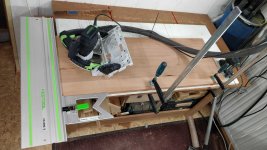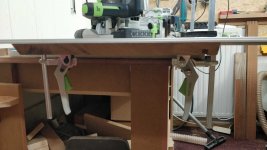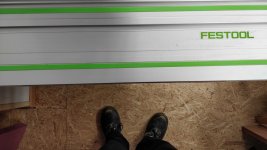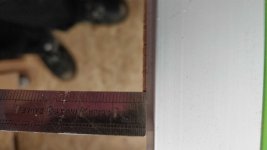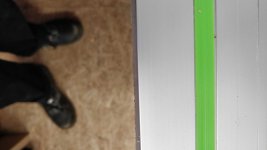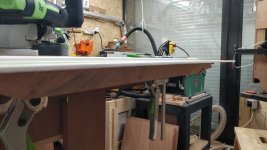Hello!
I have a TS55 and it works like a charm, it's the mastertool in my shop. However lately ive been doing miters with it and i have noticed that my boxes did not come out square. I investigated and found that when i tilt to 45° and make a cut, the sawblade wanders away from the track at the end of the cut. At first, i thought it was me as the saw is pretty akward to handle at 45°. To help with this is bought the clams so that i can use both hands to guide the saw but still the same problems.
When i cut at 90° i have no problems whatsoever. Has anyone expierenced the same or do you have ny idea why this is happening?
I have a TS55 and it works like a charm, it's the mastertool in my shop. However lately ive been doing miters with it and i have noticed that my boxes did not come out square. I investigated and found that when i tilt to 45° and make a cut, the sawblade wanders away from the track at the end of the cut. At first, i thought it was me as the saw is pretty akward to handle at 45°. To help with this is bought the clams so that i can use both hands to guide the saw but still the same problems.
When i cut at 90° i have no problems whatsoever. Has anyone expierenced the same or do you have ny idea why this is happening?


